What's in store - October 2025
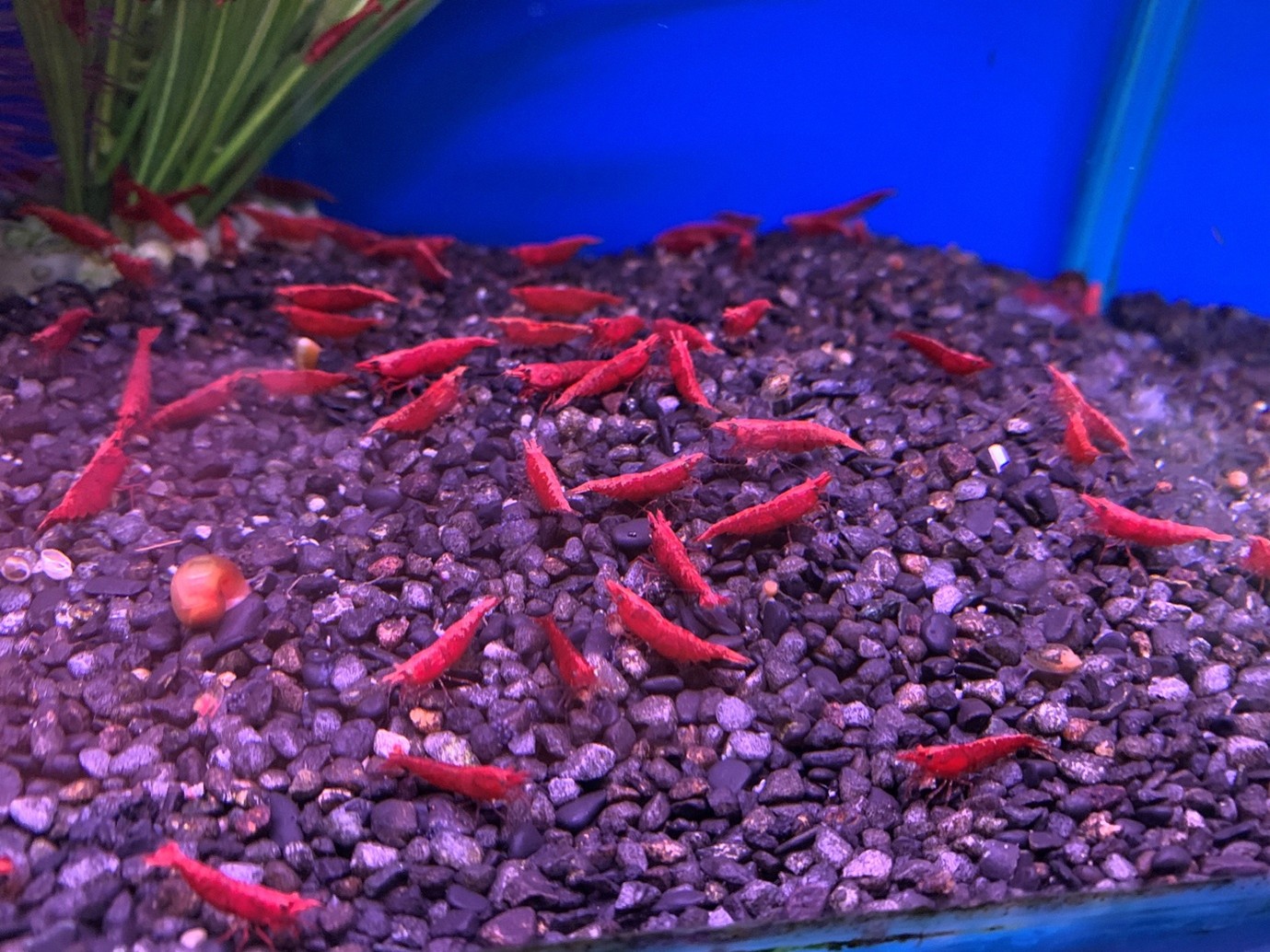
A tank of Cherry shrimp (Neocaridina davidi) will always catch the eye and these bright red crustaceans have many qualities that make them perfect for home aquaria, which is good news considering that these bright red forms aren’t found in the wild. Their wild ancestors are much less brightly coloured and these brown ‘throwbacks’ regularly crop up in domestic strains. Hardy and comfortable at room temperature, cherry shrimps are a much better alternative to goldfish for small, filtered aquaria. These were looking good at our Leicester store.
https://www.fishkeeper.co.uk/fish/freshwater/miscellaneous/cherry-shrimp
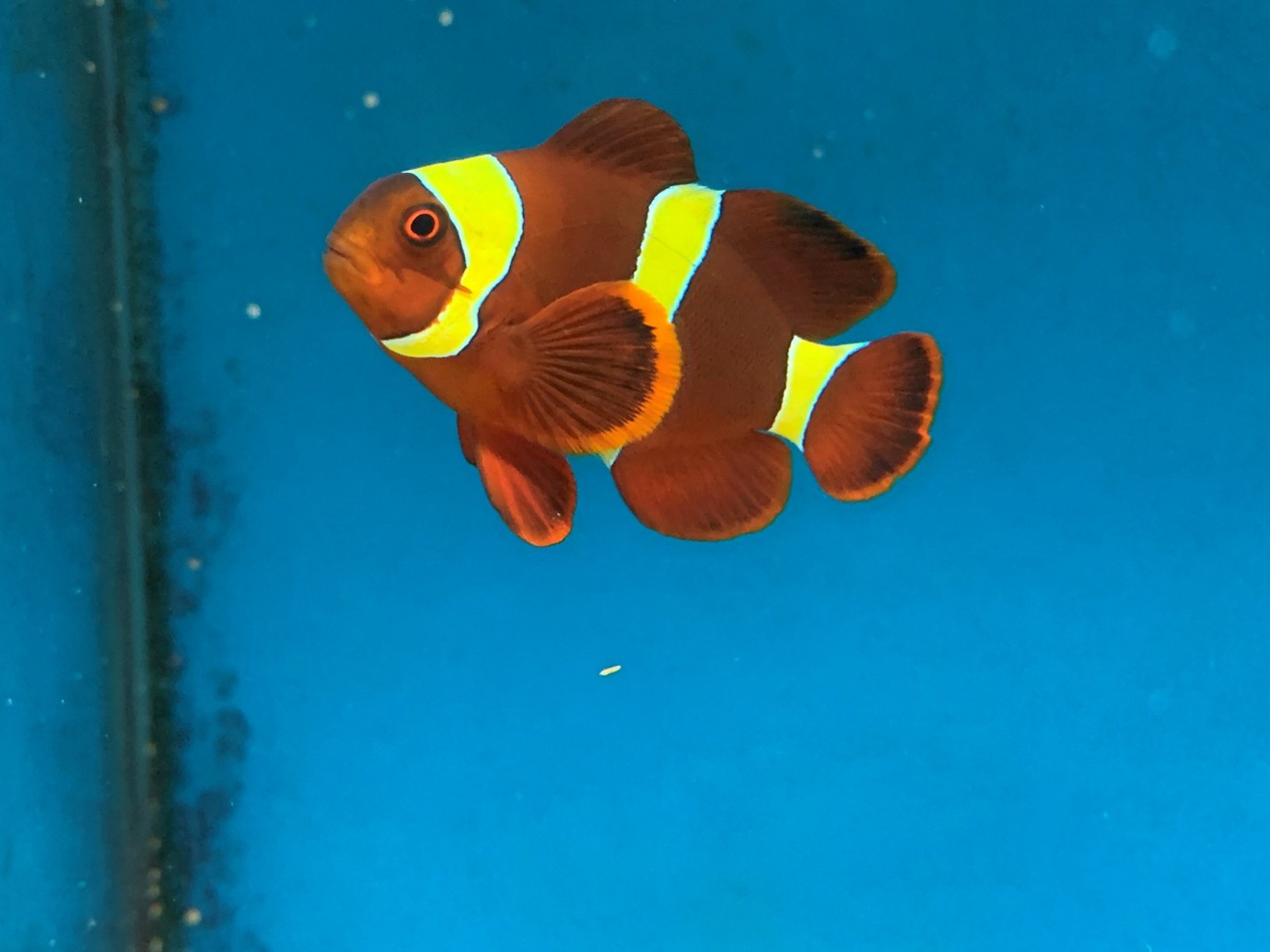
Clownfishes are feisty and often bite the hand that feeds them in a very literal way. The Gold-striped maroon clown (Amphiprion biaculeatus) is one of the most assertive and grows to a size that makes it compatible with a host of species that would normally snack on less robust clowns. Naturally found associated with Bubble anemones, maroons retain a strong sense of what constitutes an appropriate host and will quickly adopt the right anemone if available. As females are capable of reaching over 15cm, it’s important to make sure that any potential hosts are large enough to cope with this. This handsome ‘battle nemo’ was found at our Polhill store.
https://www.fishkeeper.co.uk/fish/marine/damselfish/maroon-clownfish-spinecheek-anemonefish-
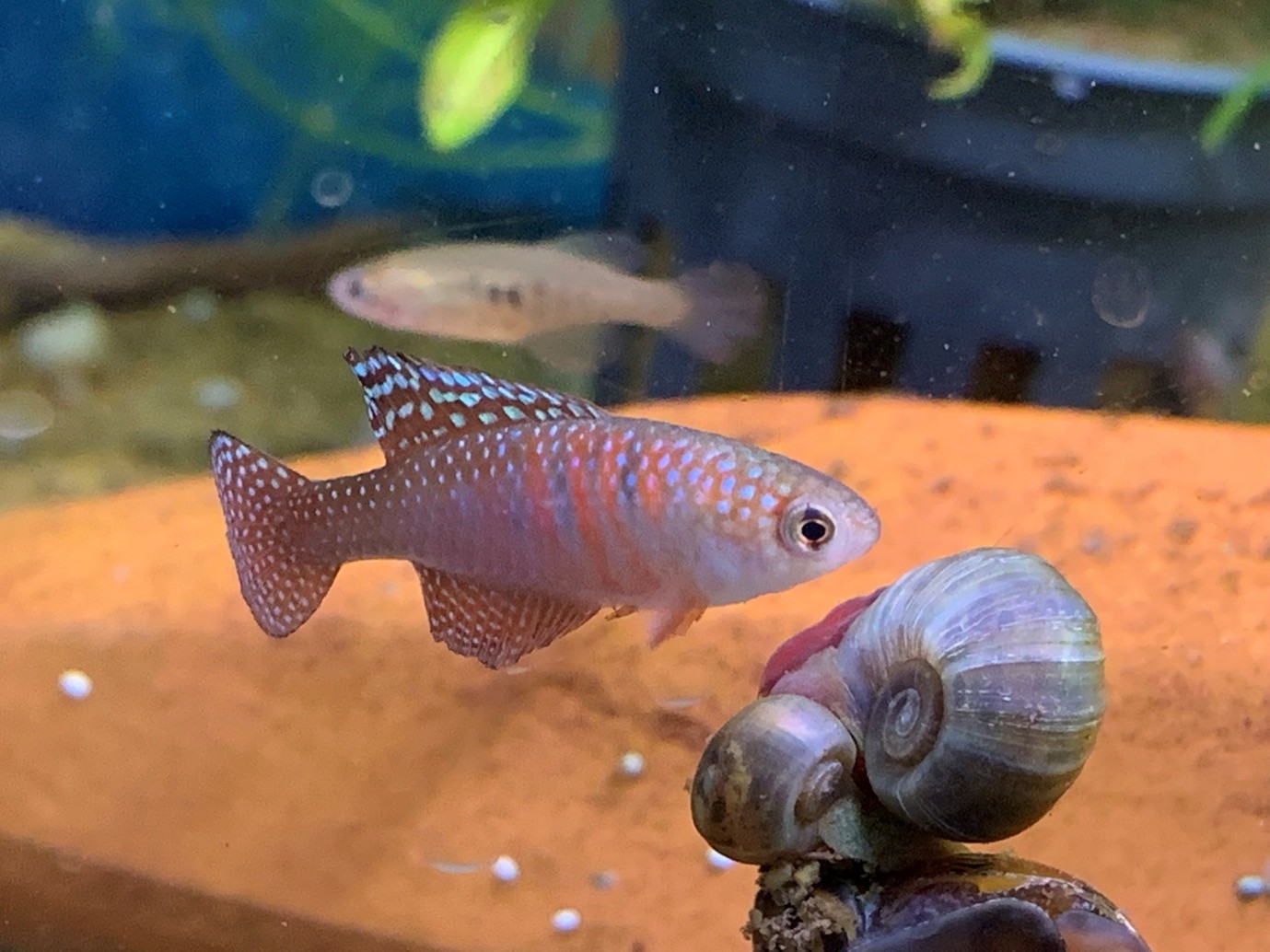
It's good to see more obscure killifish making their way into the mainstream and these Picturatus killies (Hypsolebias picturatus) are gorgeous little fish. As one of the annual killifish group, they like to bury their eggs in the substrate and these require a period of moist storage in order to hatch. This is a clever adaptation to life in an environment where water entirely disappears during the dry season, enabling fish to survive in a habitat where there is no standing water at all for a period of the year. With this ‘live fast die young’ approach, annual killies spend much of their adult lives breeding and feeding, so are best given a container with a suitable substrate to dive into and kept in a dedicated tank to ensure success. Under certain conditions, compatible tankmates could be added and there’s no reason why they couldn’t retire to a furnished aquarium if desired, once eggs are secured. These gorgeous little fish were at our St Mellons store.
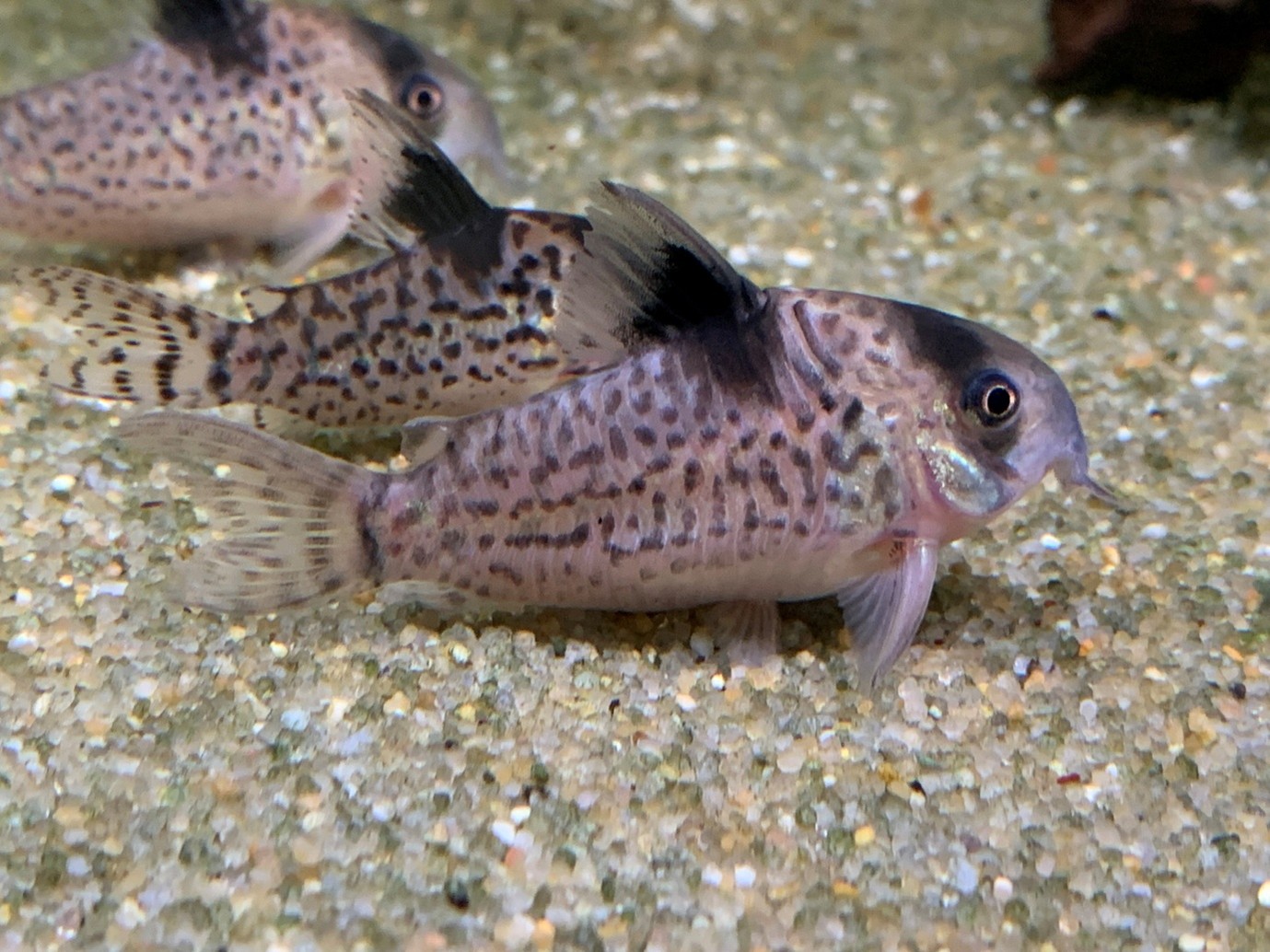
It’s been a while since we’ve highlighted a Cory, although they’re model aquarium fishes and found in a huge array of colours and forms. These Blackfin corys (Hoplisoma leucomelas) were looking so wonderfully chunky that they were impossible to resist, with the contrast between the curvy females and the more lightly built males being easy to see. As with all of their kind, these are sociable fish that should be kept as a group in a moderately warm aquarium with a sandy substrate. These were at our Swindon branch.
https://www.fishkeeper.co.uk/fish/freshwater/catfish/blackfin-cory
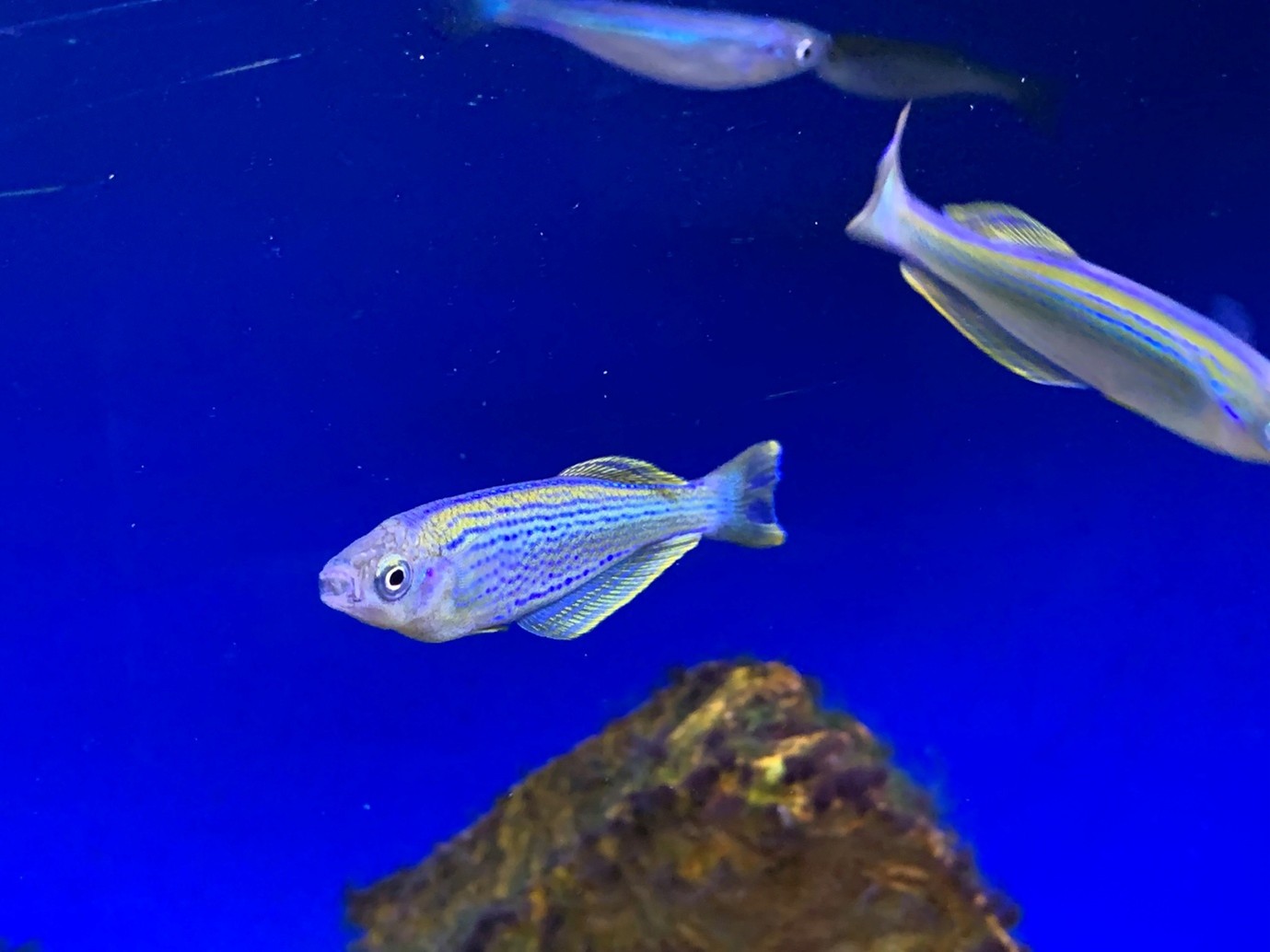
There are a lot of Tanganyikan cichlids in the hobby but aside from a handful of Synodontis catfish, not a lot of the other endemics are represented. One of the most impressive is actually a killifish but could hardly be more different than the little annual species that we normally think of. The Tanganyikan killifish (Lamprichthys tanganicanus) is an active midwater species which spawns in rock crevices, often in the face of strong currents and surge conditions that provide high oxygen levels and plenty of exercise. It will thrive in similar conditions in an aquarium and their need for high oxygen levels is the reason why it’s not more commonly seen – these can be difficult fish to transport. This batch were impossible to walk past at our Ashtead branch.
https://www.fishkeeper.co.uk/fish/freshwater/killifish/tanganyikan-killifish


